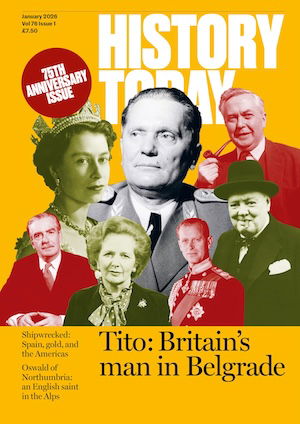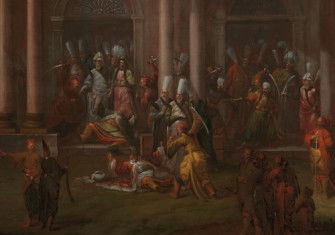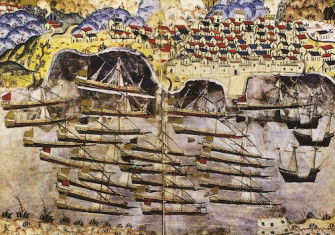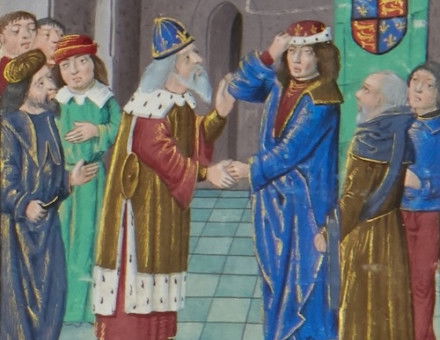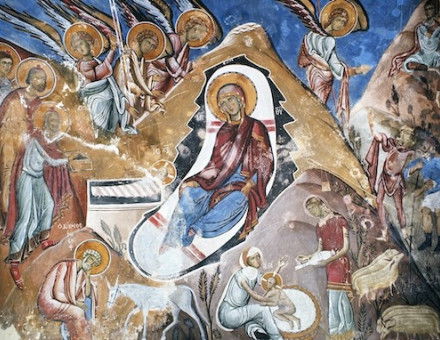Martin Crusius’ Armchair Voyage
The greatest early modern authority on Ottoman Greece was Martin Cruisius – a man who had never left Germany.
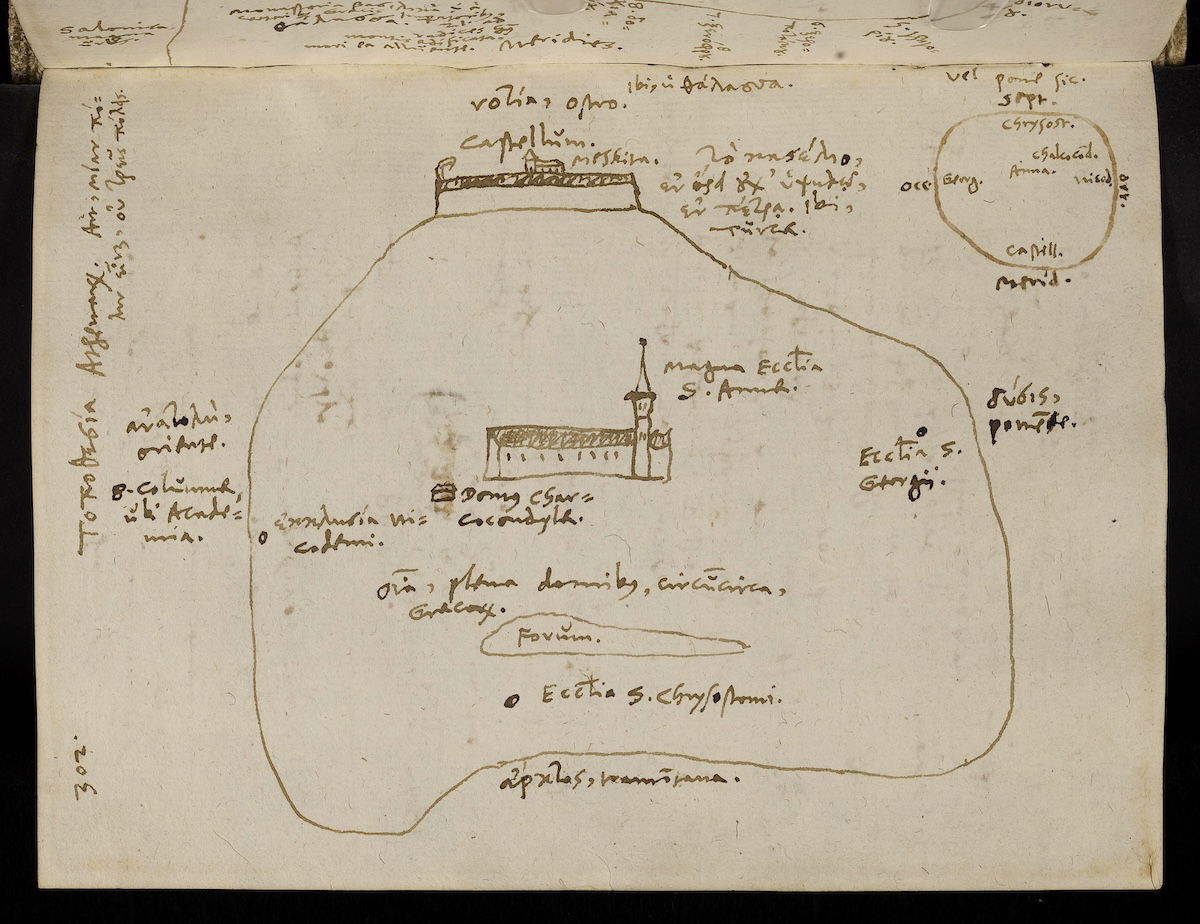
When the Ottoman sultan Mehmed II seized Constantinople in 1453 shockwaves radiated through Christian Europe. According to Pope Pius II, the fall of the Byzantine capital amounted to nothing less than a second death for Homer and Plato. Others lamented the destruction or conversion of churches, including Hagia Sophia, and feared that the Ottomans might uproot the Christian way of life. But as the Ottomans spread into Greece, taking Athens in 1456 and most of the Peloponnese a few years later, few in Latin Europe knew much about the post-Byzantine fate of the country. The circumstances of the Greeks were mostly the subject of speculation, and fears about what life under Muslim oppression would entail prevailed over attempts at finding out the reality of the situation.

